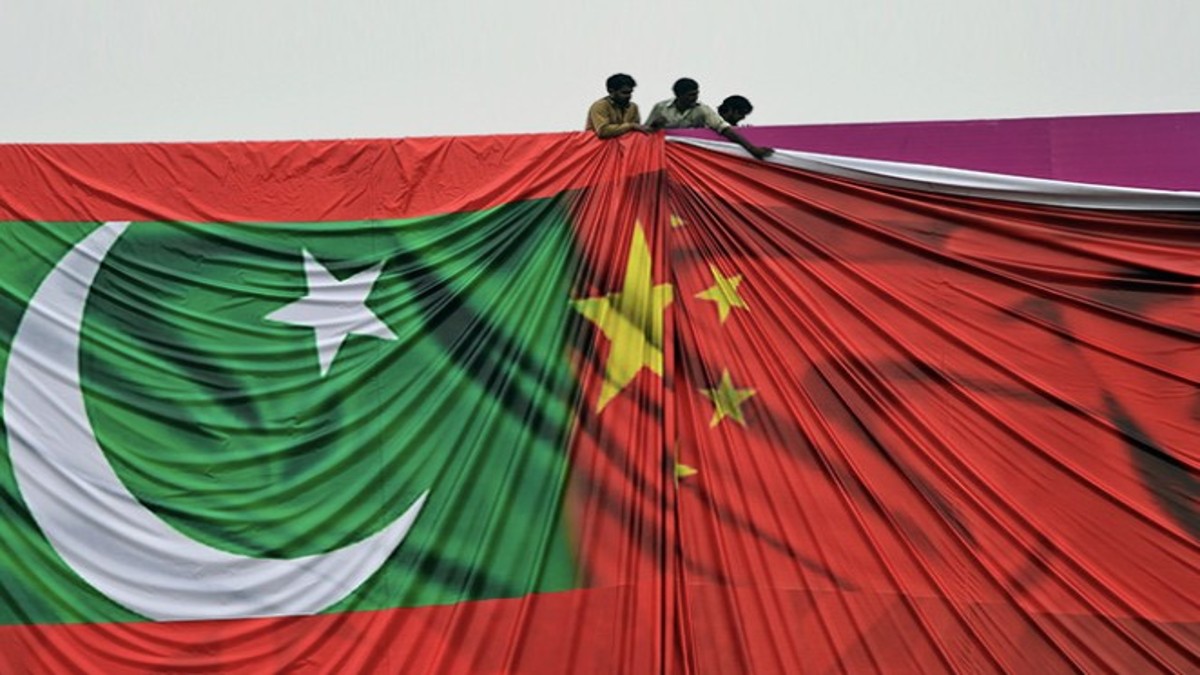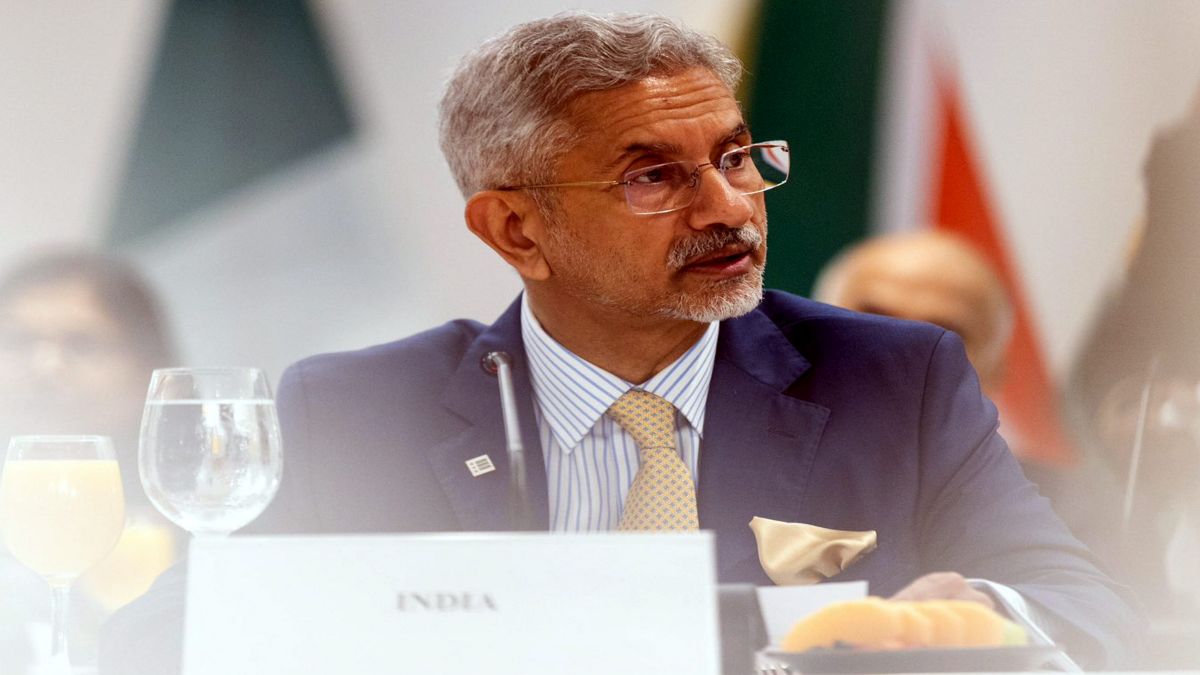Last Updated:
From rice to ghee, Indian staples are often misunderstood. Here’s why moderation and tradition are the real secret to healthy eating.

Rice is nutritious and aids digestion when eaten in moderation.
From morning parathas to festive laddoos, Indian food is steeped in culture and comfort. Yet, in an age of Instagram reels and diet fads, these everyday staples are increasingly painted as villains. Rice, ghee, and even gluten have been unfairly targeted, leaving many confused about what to eat and what to avoid.
Nutritionist & Diet Consultant Simrat Kathuria points out that misinformation has led people to give up on nourishing, traditional foods for all the wrong reasons.
Recommended Stories
The Rice Reality
Few foods are as misunderstood as rice. Many people cut it out entirely, convinced it’s the reason for weight gain. Kathuria disagrees: “Rice is a nutritious carbohydrate that actually aids digestion and even fasting. The problem isn’t rice. It’s poor portion control and not balancing it with protein, vegetables, and other nutrients.”
She emphasises that demonising a single ingredient oversimplifies nutrition. A plate of rice paired with dal, sabzi, curd, and salad, she notes, is still a complete, balanced meal.
Ghee, Gluten, and Other Misunderstood Foods
Ghee, too, has long been vilified as ‘unhealthy fat.’ But Kathuria calls this a mistake: “When consumed in moderation, ghee supports digestion, improves joint function, and boosts immunity. Eliminating it completely is unnecessary.”
Similarly, gluten-free diets have become a buzzword. While vital for those with celiac disease or gluten sensitivity, Kathuria warns against cutting it without medical guidance. “Unnecessary gluten cuts can lead to nutrient deprivation rather than better health,” she explains.
No Food Is ‘Good’ or ‘Bad’
So what really matters? Balance. Kathuria reminds us that no food is inherently harmful. “The reality is that a food item is not ‘good’ or ‘bad’ on its own. What matters is the quantity, frequency, and the combinations in which it is eaten,” she says.
Instead of chasing imported ‘superfoods,’ she urges people to rediscover the power of seasonal and traditional Indian foods. “A bowl of khichdi, buttermilk in the summer, or til laddoos in winter carry the wisdom of our grandmothers. Indian diets are naturally super when approached with balance.”
The real superpower of Indian eating, Kathuria says, is equilibrium. Fad diets may come and go, but moderation, tradition, and seasonal eating have stood the test of time.
Delhi, India, India
September 06, 2025, 13:10 IST
Loading comments…
Go to Source
Author: News18



)
)